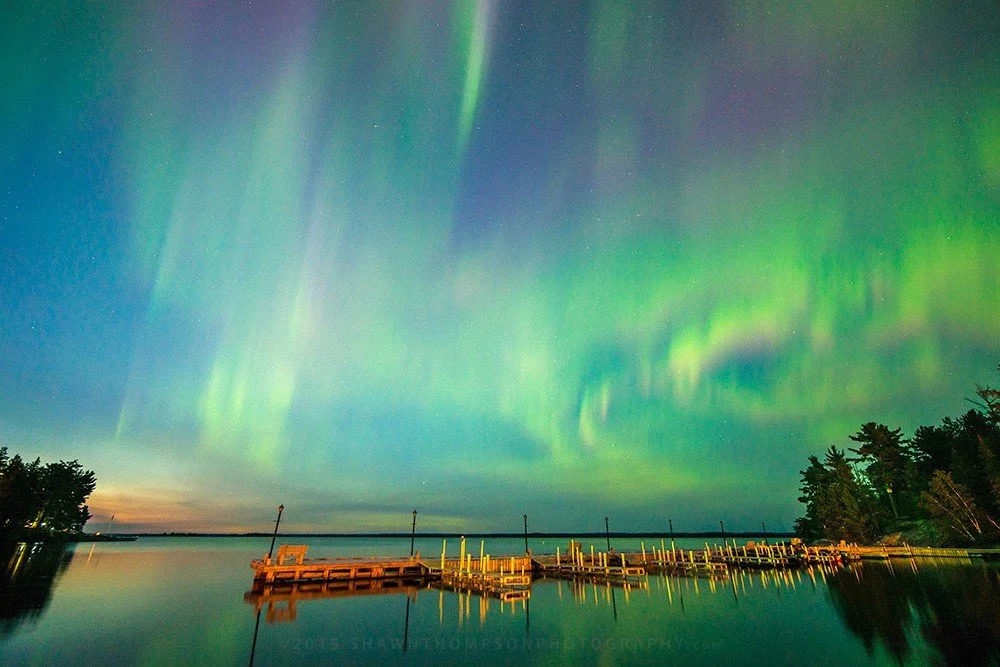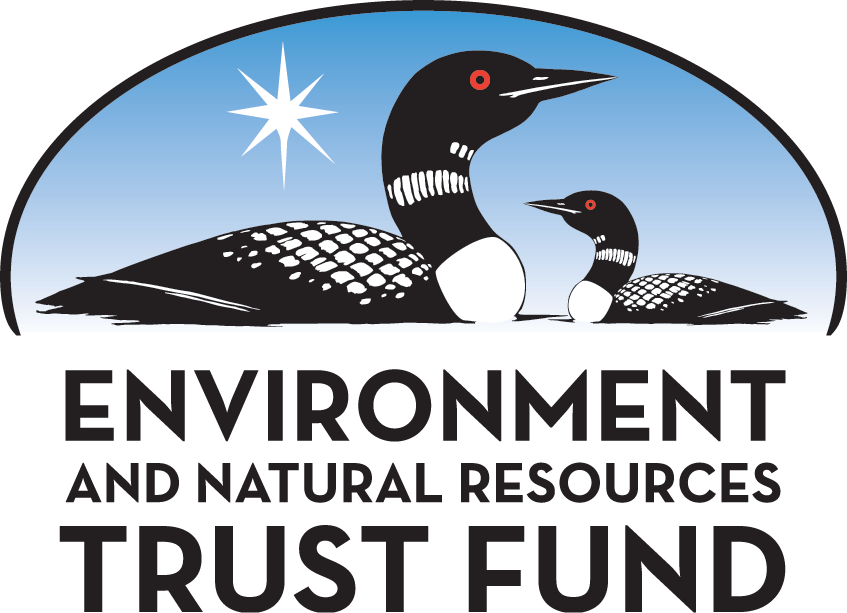
Thank you for signing-up for our Northern Lights Lesson! Below you will find resources to schedule your virtual classroom visit and a downloadable lesson plan.
A member of the Voyageurs Conservancy team will be in touch with you soon. If you have questions, please email us at education@voyageurs.org. Thank you for connecting with us and inspiring your students with the night sky!
Northern Lights Lesson & Resources
Summary
This interactive lesson introduces students to the phenomenon of the northern lights. The lesson plan was created to support Minnesota Social Science Standards and follow the philosophy behind the 5E Model of Instruction. This is a three-part activity, ideally spread out over the course of three separate days.
1: Pre Activity (45 - 60 minutes)
2: Activity (45 minutes)
3: Post Activity (60 - 90 minutes)
First, please schedule your virtual classroom visit (necessary to complete “Activity”) Time slots can be reserved via Calendly. Then, download the full lesson plan and follow the instructions in sequential order. If you have any questions, please email us at education@voyageurs.org and we will be happy to help.
STEP 1:
STEP 2:
Interested in our Light Pollution Lesson as well? Click here to access this lesson.
DETAILS
Grade level: 4th grade
Setting: Virtual
Subject: Earth and Space Science / Geography
Minnesota Social Science Standards
4th Grade Strand: Geography
Substrand: Geospatial Skills 4.3.1.2.1 (current) 4.3.13.3 (2021 standards)
5E Phases:
Engagement
Exploration
Explanation
Elaboration
Evaluation
Credit: Shawn Thompson
OBJECTIVES
Explain how the northern lights are created
Explain where you are most likely to see the northern lights
List three criteria needed to increase your chances of seeing the northern lights
GOALS:
Appreciate the dynamic forces needed to create the northern lights
Acknowledgements & Resources
Voyageurs Conservancy received an Open OutDoors for Kids grant from the National Park Foundation (NPF) to support the development of our Dark Sky Classroom materials and field experiences.
Funding for this project was provided in part by the Minnesota Environment and Natural Resources Trust Fund as recommended by the Legislative-Citizen Commission on Minnesota Resources (LCCMR).
The Trust Fund is a permanent fund constitutionally established by the citizens of Minnesota to assist in the protection, conservation, preservation, and enhancement of the state’s air, water, land, fish, wildlife, and other natural resources.





